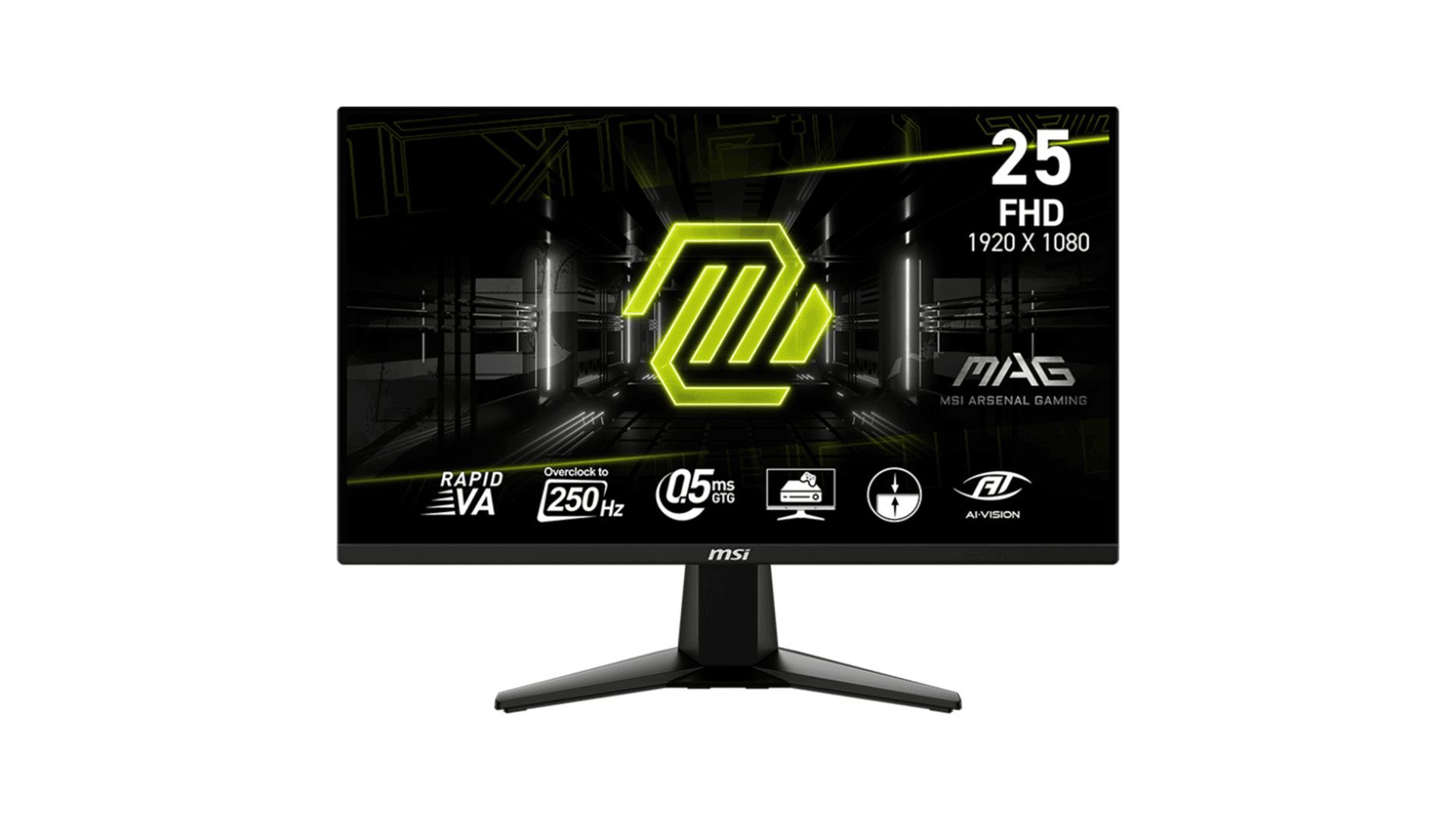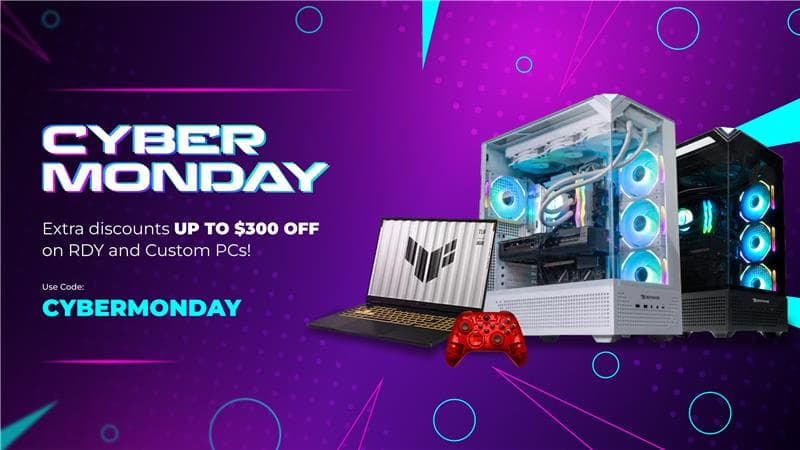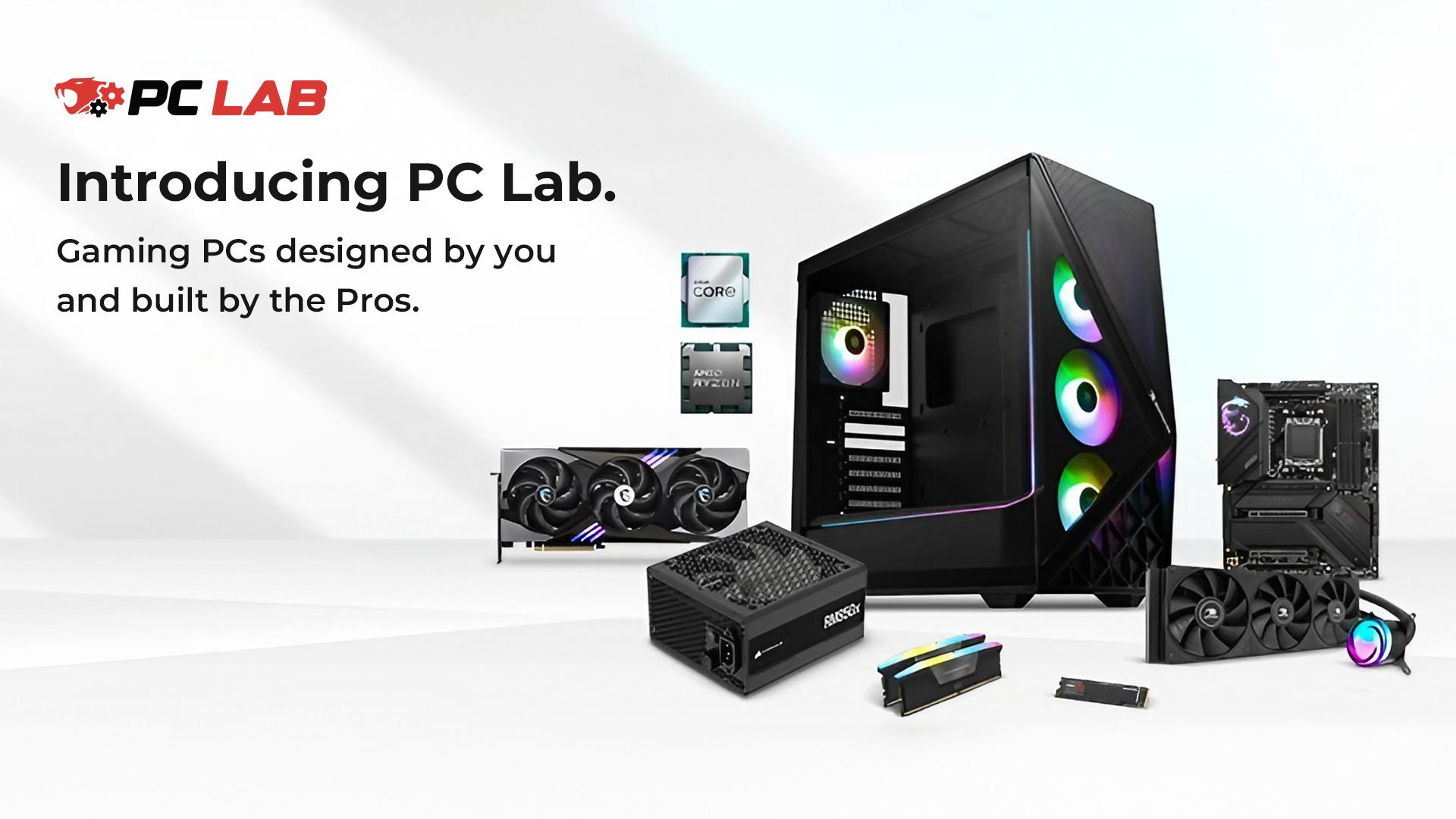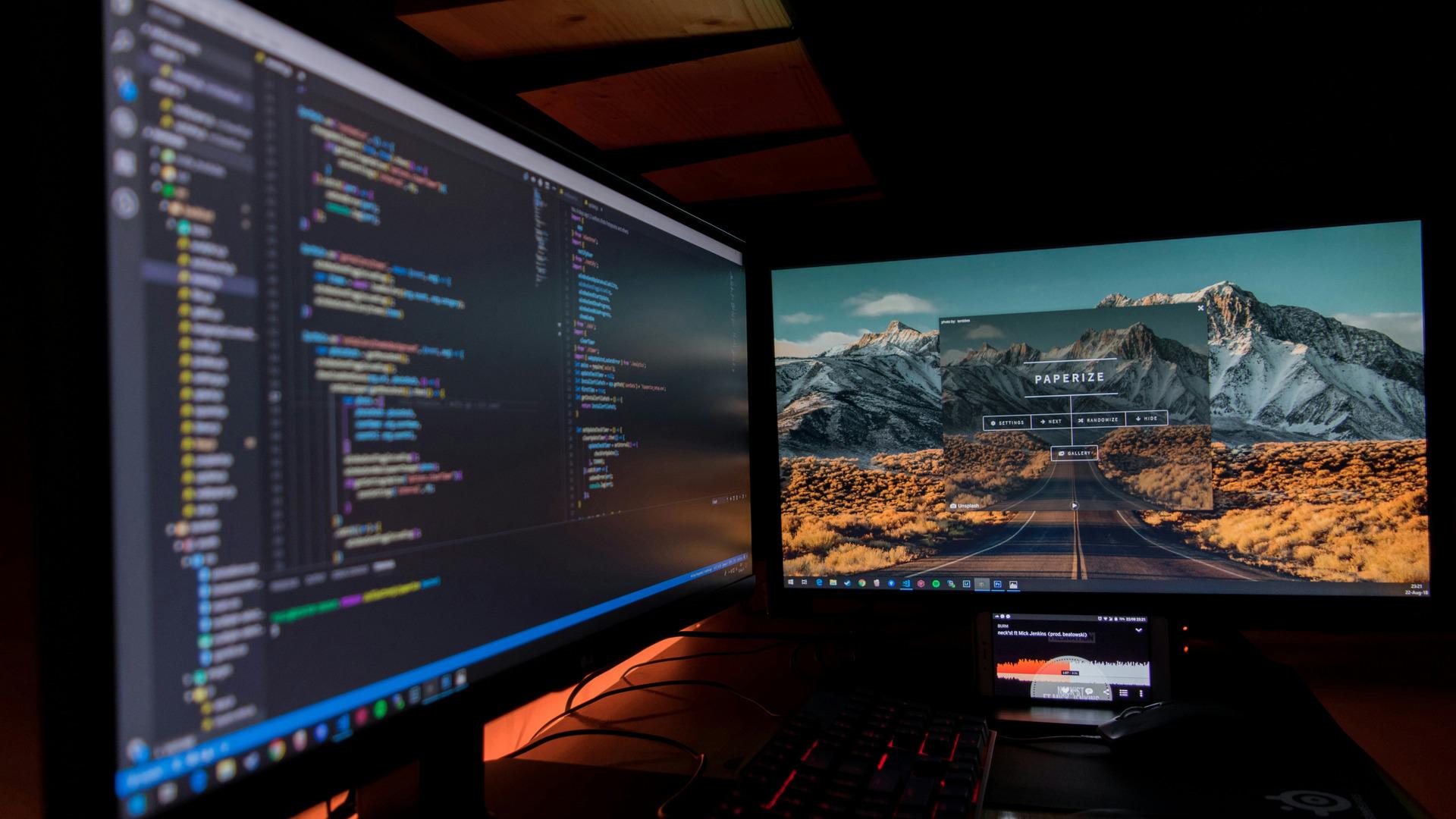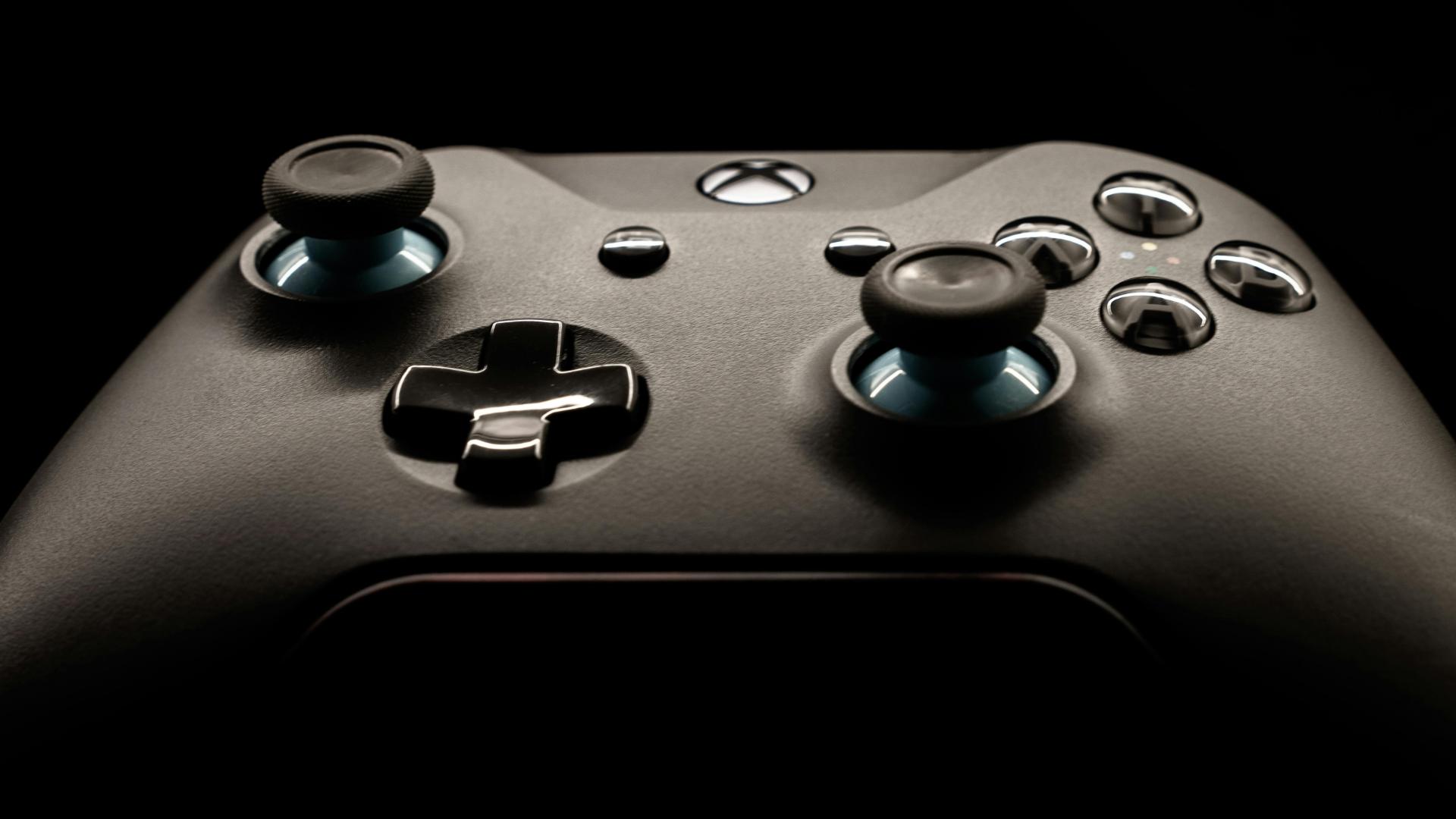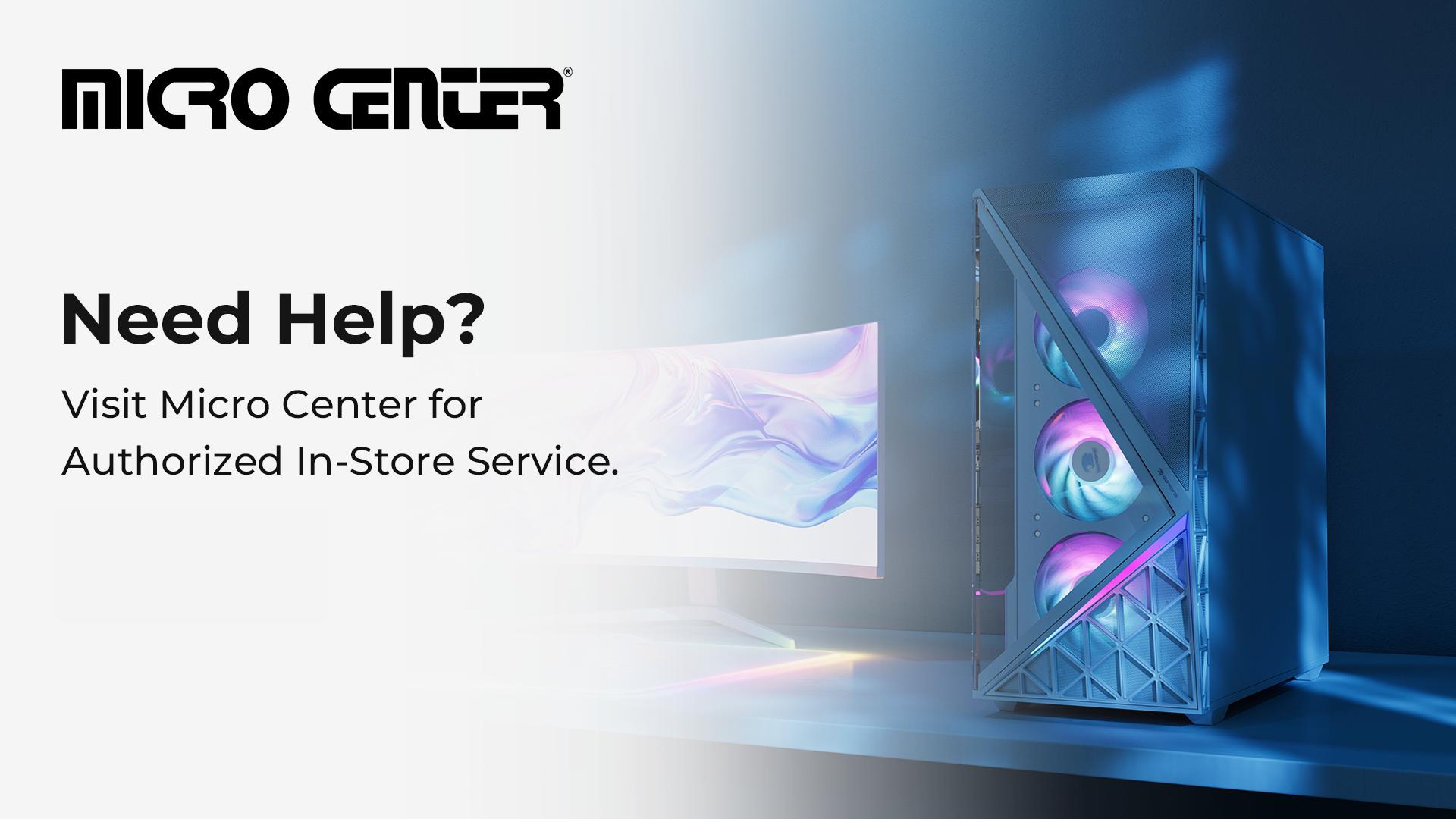“Refresh rate” might seem like another technical spec, but it plays a massive role in the smoothness and responsiveness of your PC monitor, especially when gaming or watching fast-moving videos. The difference between a good refresh rate and a poor one is immediately noticeable when there’s rapid on-screen motion, such as when you’re playing first-person shooters or competitive esports titles.
Knowing how refresh rate works will help you get the most out of your system. Below, we’ll break down what refresh rate is, how it affects gaming performance, and how to choose the best monitor to have a gaming PC refresh rate that works with your favorite games.
What Is Refresh Rate?
Refresh rate is the frequency at which a display updates the image on your monitor, measured in hertz (Hz).
Some standard refresh rates for PC monitors today include:
60 Hz: Updates the screen 60 times per second and is standard for many office monitors and TVs.
120 Hz and 144 Hz: Popular among gamers and digital artists for smoother visuals and reduced motion blur.
240 Hz or higher: Found in high-end esports and competitive gaming monitors where ultra-fast responsiveness is crucial.
The higher the hertz number, the more frequently the screen redraws the image, leading to smoother and clearer motion.
Refresh Rate vs. Frames Per Second (FPS)
It is easy to confuse refresh rate with frames per second (FPS), as they are closely related.
However, refresh rate and frame rate differ in that:
FPS (frames per second) is the amount of frames your graphics card renders each second.
Refresh rate is the maximum amount of frames your monitor can physically display.
If your GPU outputs 144 FPS but your monitor is limited to 60 Hz, you’ll only ever see 60 FPS. Those extra frames are effectively wasted. Conversely, a 240 Hz monitor paired with a GPU that can only produce 60 FPS will still display just 60 frames per second, so that you won’t feel the benefit of the higher refresh rate.
How Refresh Rate Affects Your Experience
A higher PC gaming refresh rate for gamers can be the difference between a fluid, immersive experience and one that feels choppy or unresponsive, especially in fast-paced titles like first-person shooters or racing games. It’s also helpful for reducing eye strain for a more enjoyable, visually fluid computing experience overall.
Smoother Motion
A monitor that refreshes more often displays fast-moving visuals with greater fluidity and clarity. These types of visuals are essential for fast-paced gaming, live sports streaming, or any content where motion blur can make it hard to follow the action. Smoother motion not only looks better but also makes gameplay more immersive.
Reduced Input Lag
Input lag is known as the delay between pressing a key or moving a mouse before it appears on the screen. While multiple factors influence input lag, a faster refresh rate cuts the time between screen updates. That means quicker visual feedback, which is a competitive advantage in esports titles like Valorant, Counter-Strike: Global Offensive, or Call of Duty.
Better Eye Comfort
Low PC gaming refresh rates can cause subtle flicker or screen stutter when displaying fast content or scrolling through long pages. Over time, these screen stutters can lead to eye strain or headaches. A higher refresh rate minimizes flicker and motion artifacts, making long sessions of gaming, streaming, or even productivity tasks more comfortable.
Unlocking the Full Potential of a High Refresh Rate
Simply buying a high-refresh-rate monitor isn’t enough. Your system’s key components must work together to deliver the whole experience.
When building your gaming PC, pay attention to the specs on your:
Monitor: Must support the desired refresh rate (e.g., 144 Hz or 240 Hz).
CPU: Handles game logic, physics, and AI. A slow CPU can bottleneck frame rates even if the GPU is powerful.
GPU: Renders frames quickly enough to meet the monitor’s refresh rate.
If you pair a 144 Hz display with a graphics card that can only produce 30 FPS in your favorite games, you won’t see the advantage. The best refresh rate depends on your performance goals and the strength of your hardware.
What Is a Good Refresh Rate for a Monitor?
For a modern gaming PC, a refresh rate of 120 Hz to 144 Hz offers the best balance of smoothness, responsiveness, and affordability. Competitive players may want 240 Hz or even higher, provided their GPU can consistently deliver frame rates that match or exceed this rate.
Other Tools to Get the Best Refresh Rate for Gaming
Adaptive-sync technologies such as NVIDIA G-SYNC and AMD FreeSync help close the gap between a system’s output and a monitor’s capabilities. These technologies dynamically match the monitor’s refresh rate to the GPU’s frame rate, reducing screen tearing and stuttering even when FPS dips.
Along with G-SYNC and FreeSync, some other tools you can use to boost a PC gaming monitor’s refresh rate include:
Vertical Sync (VSync): Found in many games, VSync caps the GPU’s frame output to match the monitor’s refresh rate to eliminate tearing. However, it can introduce input lag.
Variable Refresh Rate (VRR): A broader term that includes FreeSync and G-SYNC. VRR allows your monitor to adjust its refresh rate in real time, eliminating screen tearing and stuttering while keeping latency low.
HDMI and DisplayPort: The connection type matters, as HDMI 2.0 can support up to 240 Hz at lower resolutions and 120 Hz at 4K, whereas DisplayPort cables can consistently handle even higher refresh rates. USB-C with DisplayPort support is also a strong option for modern laptops and monitors.
By pairing the right monitor with capable hardware and the correct connection (DisplayPort or modern HDMI), you’ll ensure your high refresh rate is more than just a number on the box.
Do You Need a High Refresh Rate Monitor?
A high refresh rate isn’t mandatory for everyone, and wholly depends on how you use your PC.
If you are using your PC for general work, such as emailing, browsing the web, office tasks, and video streaming, you’ll rarely require more than 60 Hz. However, competitive gamers and streamers benefit most from a higher refresh rate, as a jump from 60 Hz to 120 Hz or 144 Hz dramatically improves responsiveness and motion clarity.
Investing in a high-refresh-rate monitor can significantly enhance the visual experience and gameplay of your favorite PC games. For instance, aiming and tracking fast targets in shooters becomes easier and more natural.
Choosing the Right Refresh Rate
With the right combination of display, hardware, and settings, all gaming PCs can deliver buttery-smooth motion, reduced input lag, and an immersive visual experience.
Understanding what refresh rate is and how it affects your gaming PC helps you make smarter upgrade choices. A higher refresh rate, paired with strong hardware and adaptive-sync technology, can mean the difference between choppy gameplay and seamless immersion.
If you’re ready to build or upgrade a gaming PC that takes full advantage of today’s high-performance monitors, iBUYPOWER has the perfect gaming monitors for you. Our PC gaming monitors’ refresh rate is perfect for gamers who want to get immersed in their game with top-notch visuals. To see all our sales, check our coupons page or our daily deals page for the newest discounts.
To stay updated on all things iBUYPOWER follow us on our socials:
Instagram iBUYPOWER
Facebook iBUYPOWERPC
TikTok @iBUYPOWER
Reddit /r/iBUYPOWER
Discord iBUYPOWER
